Tremolo vs Vibrato: The Difference Between These Two Effects Explained
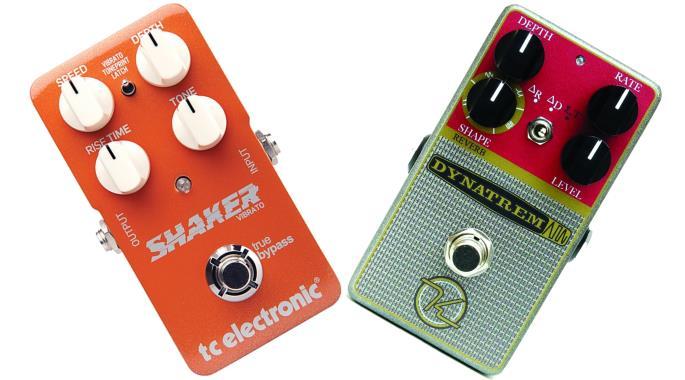
More Guitar Pedals
Tremolo and vibrato are two terms that are constantly confused, and because these effects are no longer widely used, a lot of guitarists don’t have a ton of experience with them. If you’ve ever wondered what the difference between tremolo and vibrato is, you’ve come to the right place!
So, What Are Vibrato and Tremolo
If you’re coming at the guitar without already having experience in classical music, antiquated music terms like vibrato and tremolo can be a bit hard to keep distinct in your head. It also doesn’t help when major manufacturers muddy the waters by misusing one, or both, of these terms.
Vibrato is a consistent modulation in pitch (so the pitch “wobbles”. It’s not a very commonly used as an effect, but it’s a very common technique. It’s used in every genre, from metal to classical. A good example of vibrato as a technique is shown in the video below:
Vibrato pedals replicate this effect, but allow for more flexibility in how you execute it. Here’s a demo of a vibrato pedal to show you how it sounds as an effect.
Lastly, here’s an example of vibrato used as an effect, courtesy of the Rolling Stones:
Tremolo is also a modulation pedal effect, but it’s a modulation of volume as opposed to pitch. However, in practice tremolo as a technique and tremolo pedals sound a bit different. The most well-known examples of tremolo as an effect are on the intro to Green Day’s Boulevard of Broken Dreams and Pink Floyd’s Money. Tremolo is also widely used in surf music.
Here’s a listening example:
“Tremolos” or Whammy Bars
Something that muddies the water when talking about these effects is that tremolos, or as they’re often known whammy bars, are actually creating a vibrato effect because they modulate pitch. Vibrato is always a modulation of pitch while tremolo is always a modulation of volume.
Vibrato vs. Chorus
When you’re looking at modulation pedals (tremolo, vibrato, chorus, flanger, and phaser all fall under this classification), you’re going to hear a lot of common ground between vibrato and chorus. The reason for this is that the two effects are very similar.
Chorus works by creating a second copy of your signal, detuning it, and then playing it alongside your original signal, creating a “wobble” in pitch. Vibrato also creates this wobble, but only to your original signal.
In Conclusion
Due to the misinformation that surrounds vibrato and tremolo, knowing the difference between these two effects can get a bit confusing. Hopefully, this article has given you all the information that you need to distinguish between the two.



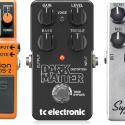
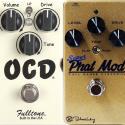
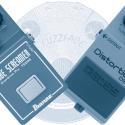

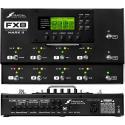
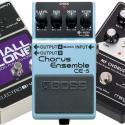
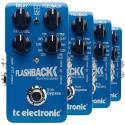
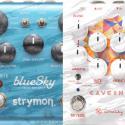








Comments
Nice article, except:
Submitted by joe (not verified) on
Nice article, except:
1. Vibrato and chorus are not very similar. Two quite different things.
2. Many other instruments besides guitar use these effects (or "techniques"); it's very odd that you seem to disagree.